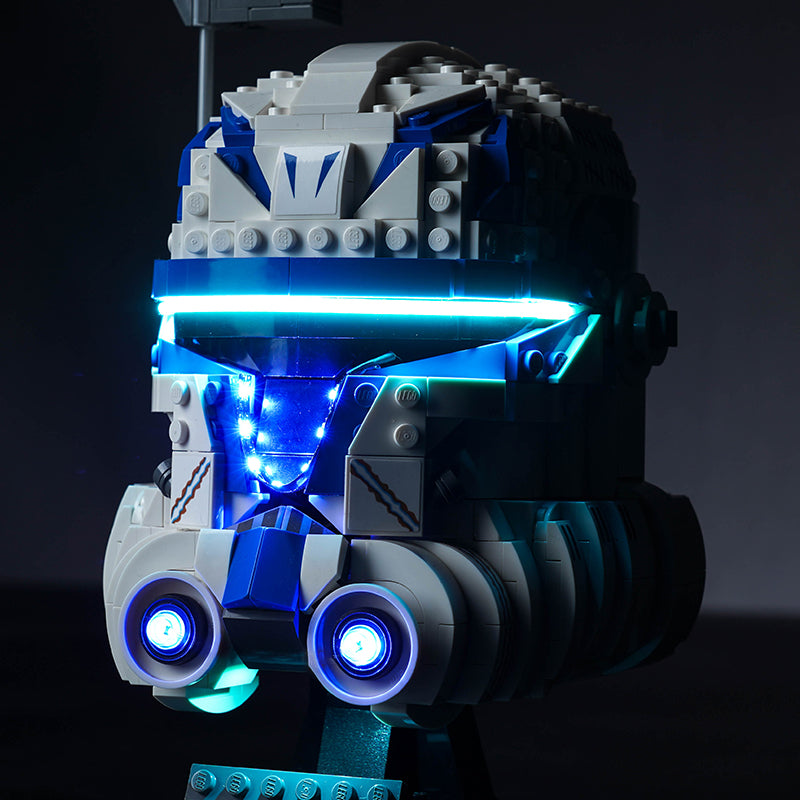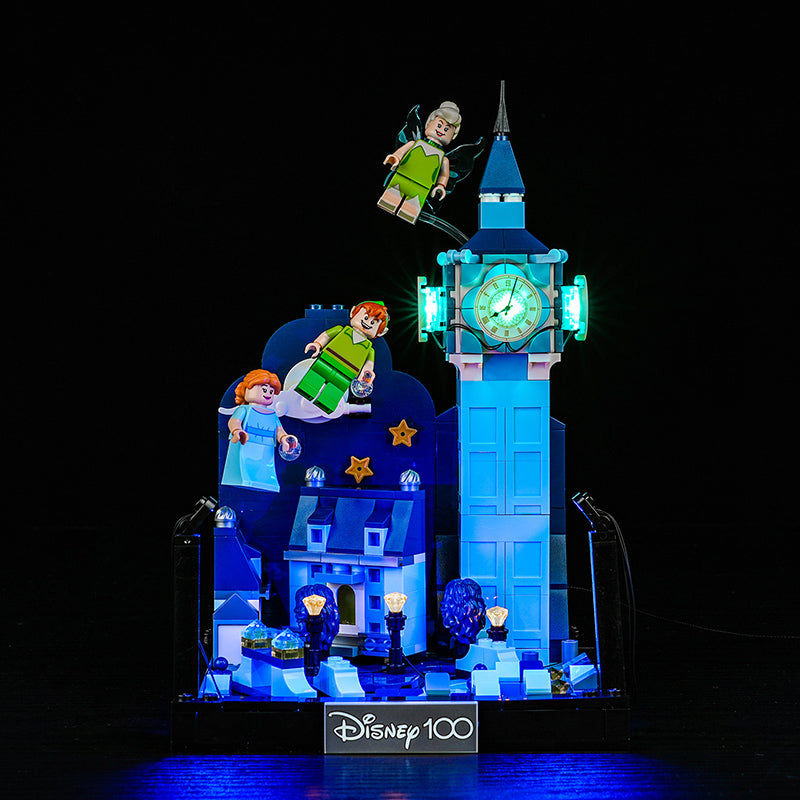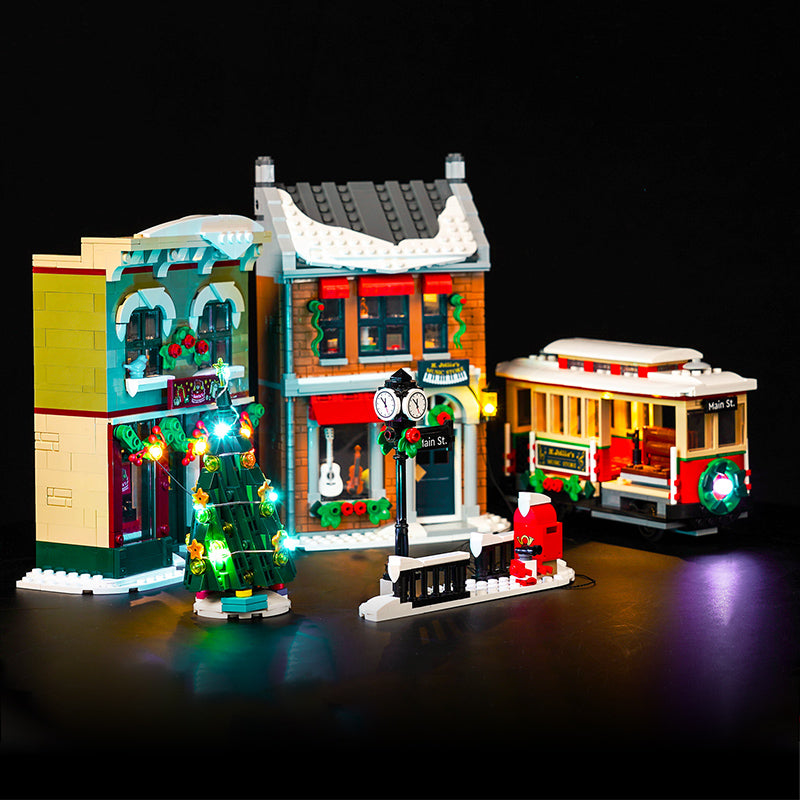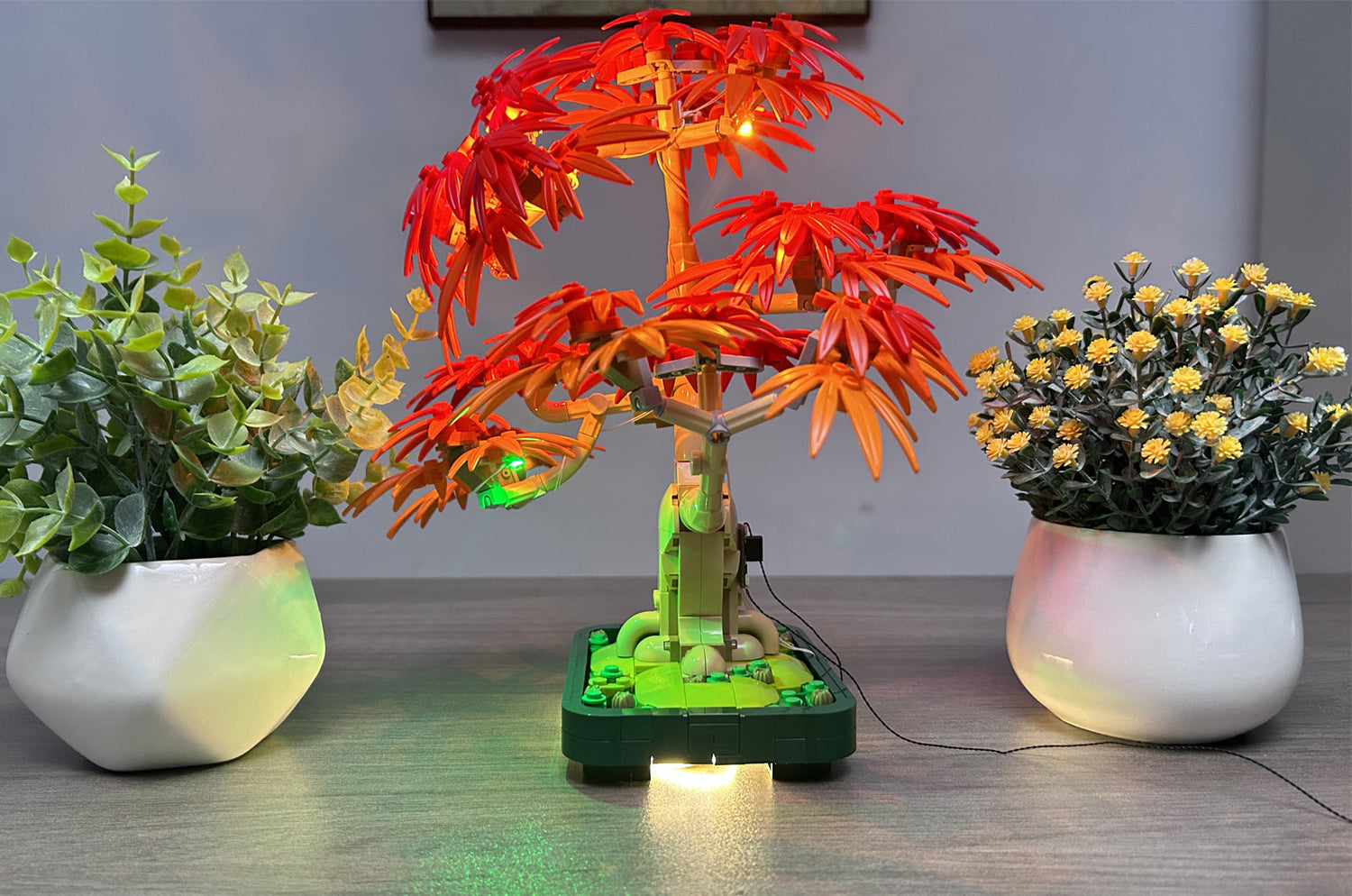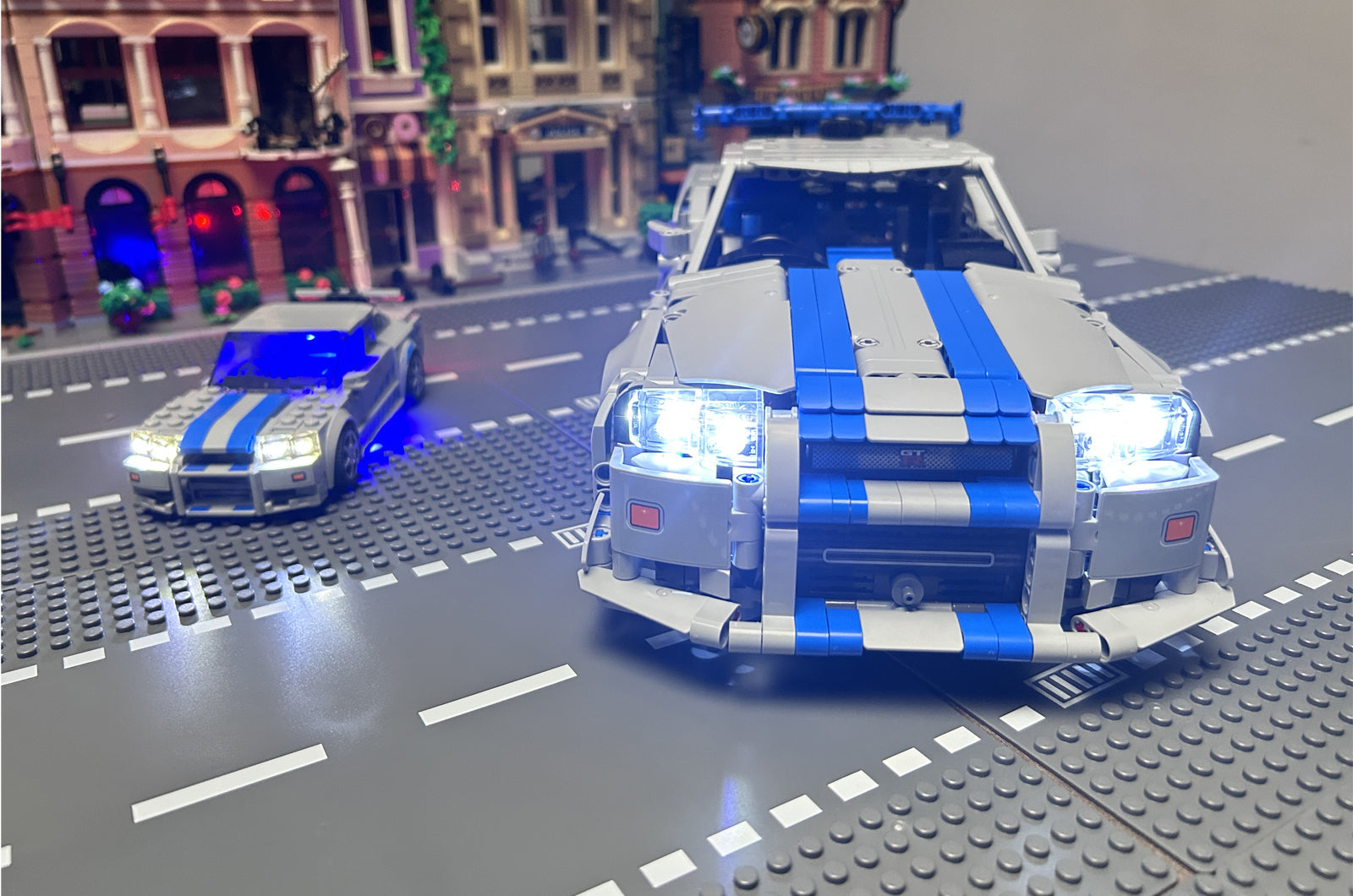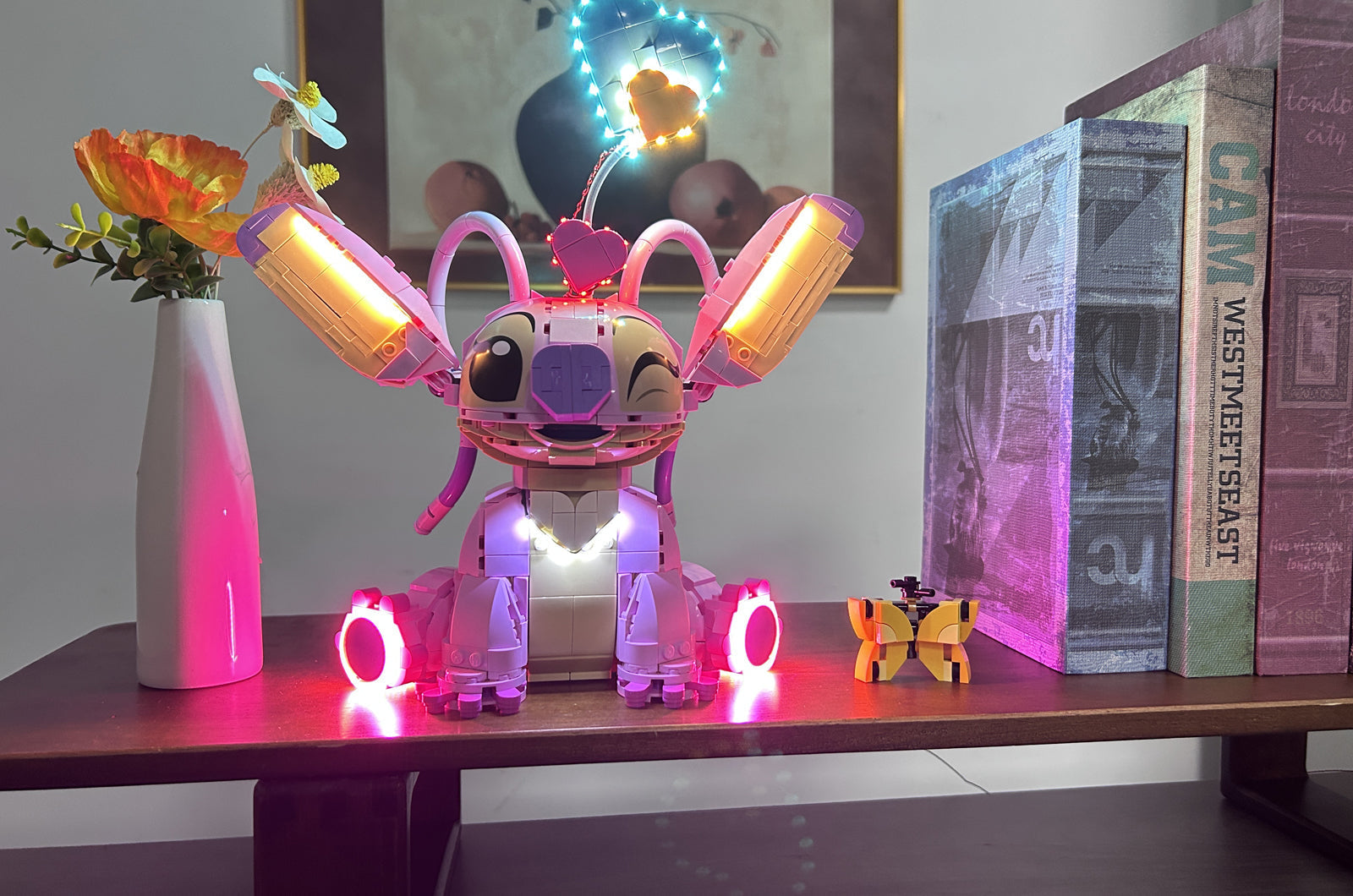LEGO 10348 Japanese Red Maple Bonsai is about to be launched. The core highlight of this set is the new red-orange gradient three-leaf maple leaf module, the naturally curved light brown trunk component and the dark green potted base, which takes into account both visual beauty and building fun.
Consumers and evaluation media generally give high praise, especially the gradient color effect of the leaves and the vitality of the overall shape, but some people point out that the "gray connector" is visually a bit abrupt, but the price of $60 is a bit high for a purely ornamental set.
Next, let us deeply understand and carefully evaluate this unique LEGO set from multiple angles! Let you experience the artistic charm and play value of this "assembled red maple" in all aspects.
Design and building experience
Key design highlights
Display and creative solutions
Comprehensive review of pros and cons
Compared with the previous work 10281
Conclusion
I. Overview of the Set
(1) Basic Information
The latest masterpiece of the LEGO® Botanical Collection series - Japanese Red Maple Bonsai Tree (set number 10348-1) perfectly combines the oriental art of gardening with the creativity of LEGO bricks. This set is carefully crafted by senior designer Wes Talbott and consists of 474 pieces. It is suitable for adult builders aged 18 and above. From the release date of June 1, 2025, this red maple bonsai will bring a touch of Zen and tranquility to your home or office space.
Inspired by the Japanese red maple, this bonsai has a deep red maple leaf made of unique LEGO elements, with an elegant shape and rich layers, reminiscent of the splendor of the maple forest in autumn. The bonsai tree trunk has natural lines and delicate texture, and is paired with a classic potted base to create an artistic landscape with an oriental style. The packaging is in the form of a color box, which contains packaging bags, stickers/printed instructions and exquisite assembly instructions, so that every enthusiast can easily get started and enjoy the process of calm assembly.
The official price of LEGO Japanese Red Maple Bonsai Tree is US$59.99/£54.99/€59.99/CAD79.99/AU99.99, which is an ideal choice for both gift giving and personal use.
(2) Product positioning and target audience
The "Botany" series has always been selling points for adult static decoration and the "building meditation" experience. Since the first release of the 10281 bonsai tree in 2020, it has gained both market reputation and sales. The 10348 Japanese red maple bonsai fills the color gap in the series with the image of "autumn maple leaves". The target audience is adult LEGO enthusiasts who pursue desktop art and decompression building, as well as home decoration consumers who love Japanese bonsai culture.
2. Design and building experience
The building manual of LEGO Icons 10348 is divided into 7 chapters, and the overall building time is about 2.5 to 4 hours, depending on the speed and habits of each builder.
This set is cleverly designed. It is suitable for "all in one go" on a leisurely weekend afternoon, and immersively experience the fun of complete building. It is also suitable for splitting the building process into several days according to personal schedule, and enjoying the small sense of achievement brought by one chapter every day.
Whether it is a novice builder or a LEGO enthusiast, you can feel relaxed and satisfied in the step-by-step steps.
1. Base and root construction: First complete the dark green potted base, and insert the light gray inclined connector to simulate the drainage and exhaust structure of traditional Japanese bonsai.
2. Trunk and branch construction: Use light brown curved round shaft pieces and straight shaft pieces to staggered splicing to form a naturally curved trunk and main branches.
3. Laying large leaves: Install large red-orange gradient three-leaf modules on both sides of the main branch according to the instructions in the manual to experience the insertion and removal strength and angle adjustment of the building blocks.
4. Filling details: Use multiple dark orange, light orange and red sword leaf parts to enrich the "leaf gaps" between branches and create a sense of layering.
5. Fine-tuning and finishing: After completion, you can fine-tune the angles of each leaf to ensure that the model has natural projection and realism under different light.
3. Key design highlights
(1) Red-orange gradient three-leaf module
The new three-leaf module adopts the bi-injection molding process for the first time, seamlessly connecting the two plastic materials of deep red and bright orange during molding, achieving a natural gradient from rich red to vibrant orange. No stickers or printing are required, which not only avoids bubbles and wrinkles, but also improves the durability and structural strength of the parts.
Under different light and viewing angles, these gradient leaves present a rich sense of layering and three-dimensional effect with subtle differences in light and dark, greatly enhancing the visual restoration and ornamental value of the model, while providing greater creative space for future secondary creation or mixing with other plant sets.
(2) Naturally curved trunk structure
When conceiving this red maple bonsai, the designer cleverly used light brown curved pipes and cylindrical straight pieces to alternately simulate the natural bending of a real maple tree swaying in the wind. By splicing pipes of different lengths and different curvatures, each section of the "trunk" is slightly different, making the posture of the whole tree look vivid and full of tension. The gray connectors are like knots on the bark, which not only strengthen the structural support between the parts, but also provide a subtle color contrast visually, highlighting the warm texture of the light brown trunk.
In three-dimensional space, this bonsai has a perfect proportion of about 24cm in height, 22cm in width, and 26cm in depth. It does not take up too much desktop space due to its large size, but also allows the branches and leaves to stretch out a beautiful sense of layering. The thick pot structure at the bottom and the light branches and leaves at the top balance each other, ensuring that the model is stable when viewed from different angles, and can be placed without any additional fixing measures. This not only retains the flexibility of viewing, but also takes into account the firmness and durability of the model.
(3) Real bonsai base
The dark green flower pot adopts a square shape, which forms a visual difference with the previous 10281 black round pot bottom; the internal space is designed to be pluggable with roots and sinking blocks, which enhances the fun of "adjusting branches" during assembly, and can also be placed according to personal preferences. "Fake rock" or "moss" accessories.
IV. Display and Creative Decoration Schemes
Next, we can propose several in-depth display ideas for LEGO 10348 Japanese Red Maple Bonsai to help you maximize the visual and emotional value of this "ever-fading" red maple in your home or office.
(1) Japanese micro landscape
On the side of the bonsai, you may want to lay a winding "stone path": first use gray-white flat bricks as the base, and then lay out the beveled bricks in a staggered manner, which will form a natural maple forest path, leading the viewer to stroll among the red leaves.
On both sides of the path, you can decorate a few miniature rockeries, or use light gray bricks to stack up the cliffs of rocks; in the gaps between the "rocks", embed transparent ice-blue bricks to simulate a small pond formed by gurgling springs, making people seem to hear the crisp sound of "listening to the spring in the maple forest".
The whole scene has both the tranquility of the stone path and the agility of the waterscape, perfectly reproducing the artistic conception of maple leaves and flowing water in the Japanese courtyard.
(2) Multiple pots combined display
You can place the 10348 Japanese red maple bonsai, 10281 black bonsai, 10342 plum bonsai, 10344 lucky bamboo and other sets side by side in the same display cabinet, and form a whole row of "indoor bonsai pavilions" in a staggered manner - deep black dead branches, elegant plum blossoms, bright maple leaves and emerald green bamboo leaves, forming a color rhythm like the changing seasons, so that each bonsai is visually set off and complement each other.
In order to make this group of bonsai more suspended and layered, you can also make your own modular display stand: use transparent acrylic panels to separate layers at different heights, and "lift" each bonsai in the air, which not only breaks the limitations of traditional flat display, but also uses light penetration to create a floating dream effect.
In this way, not only the overall style and viewing experience are improved, but also the theme of "bonsai pavilion" is more modern and artistic.
V. Comprehensive review of advantages and disadvantages
Advantages:
Realistic color reproduction: Gradient three-leaf modules create autumn maple layers with strong visual impact
Immersive assembly experience: Curved pipes and segmented assembly make the process fun
Great product for stress relief for adults: Both assembly and display, suitable as gifts or self-use decoration
Parts can be reused: New modules and classic parts can be used for creative secondary creation
Disadvantages:
Conspicuous connectors: Gray connectors are slightly abrupt between green leaves and brown trunks
High price: The unit price is about 12.7 cents per piece, which is moderately cost-effective for purely decorative sets
Volume requirement: After completion, it is about 24×22×26cm, which is not friendly to those with limited space on small desktops
Lack of interactive gameplay: No movable structures or figures, and the purely ornamental attribute is obvious
VI. Comparison with the previous work 10281
(1) Color and visual impact
The 10281 bonsai tree is mainly dark green leaves, presenting a peaceful mood of evergreen all year round. Players can switch between green and pink leaves according to their preferences. The 10348 red maple bonsai boldly introduces a red-orange gradient three-leaf module, using the two-color injection molding process to achieve a natural transition from strong dark red to bright bright orange, without stickers to present rich layers and a strong autumn atmosphere.
(2) Differences in size, parts and shape
10281 contains 878 parts, with more complex trunks and branches. The finished product is about 18cm high and the base is a classic black round pot; 10348 is simplified to 474 parts, with a model size of about 24×22×26cm (height×width×depth), with a dark green square pot as the base, more flexible space occupation and a more modern branch structure due to the light brown curved pipe fittings.
(3) Building experience and collection positioning
Due to the difference in the number of parts and design difficulty, the building time of 10281 is about 4-6 hours, which is suitable for players who pursue "sculpture-level" detail challenges; while 10348 takes about 2.5-4 hours to complete, which is more friendly to novices. At the same time, the introduction of two-color gradient leaves and new curved pipes also provides more possibilities for secondary creation.
Both sets are priced at $59.99, but 10281 is more suitable for collectors who prefer complex structures and sculptures, while 10348 attracts adult players who pursue color and space with modern aesthetics and immersive building experience.
VII. Conclusion
The LEGO 10348 Japanese Red Maple Bonsai, with its exquisite two-color gradient leaf molds, naturally curved trunk and elegant potted base, once again interprets the perfect fusion of "LEGO building" and "Oriental aesthetics" to players.
It is not only a static display that can bring building pleasure and visual enjoyment, but also an art decoration that can set off the "autumn atmosphere" in the space.
Whether you are a daily desktop small product control, a senior LEGO adult building enthusiast, or a fan of bonsai culture, 10348 is worth adding to the shopping cart when it is released in June, and take it home to savor the "everlasting" maple leaf red.
Light Kits
If you want to add more color and brilliant lighting effects to your LEGO bricks, our BrickBling Light Kits are perfect for you! These carefully designed light kits not only make your LEGO bricks more colorful during the day, but also emit a charming glow at night, making your models come alive.
Add a touch of dazzling light to your LEGO bricks and make your collection look brand new! ✨

